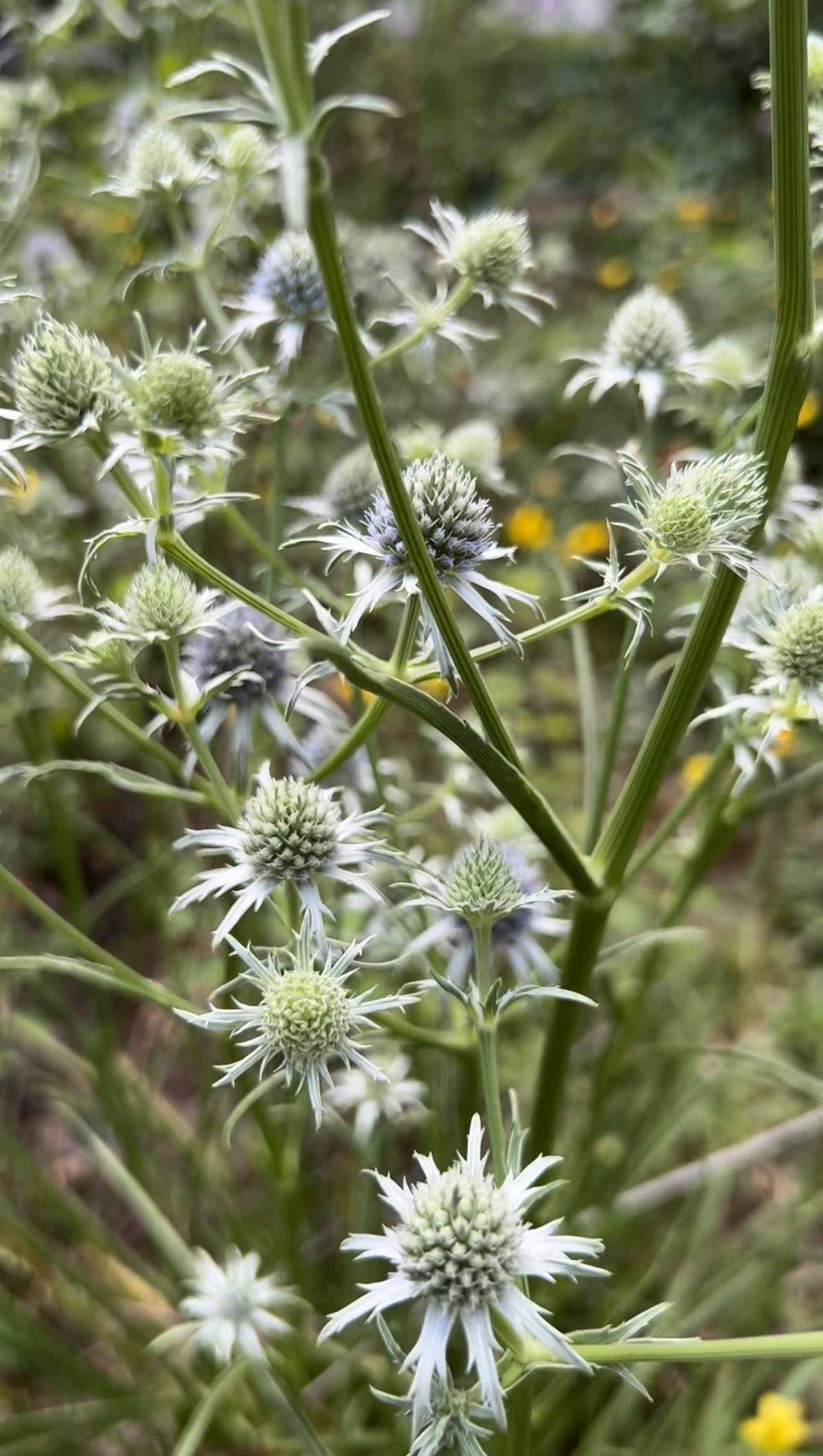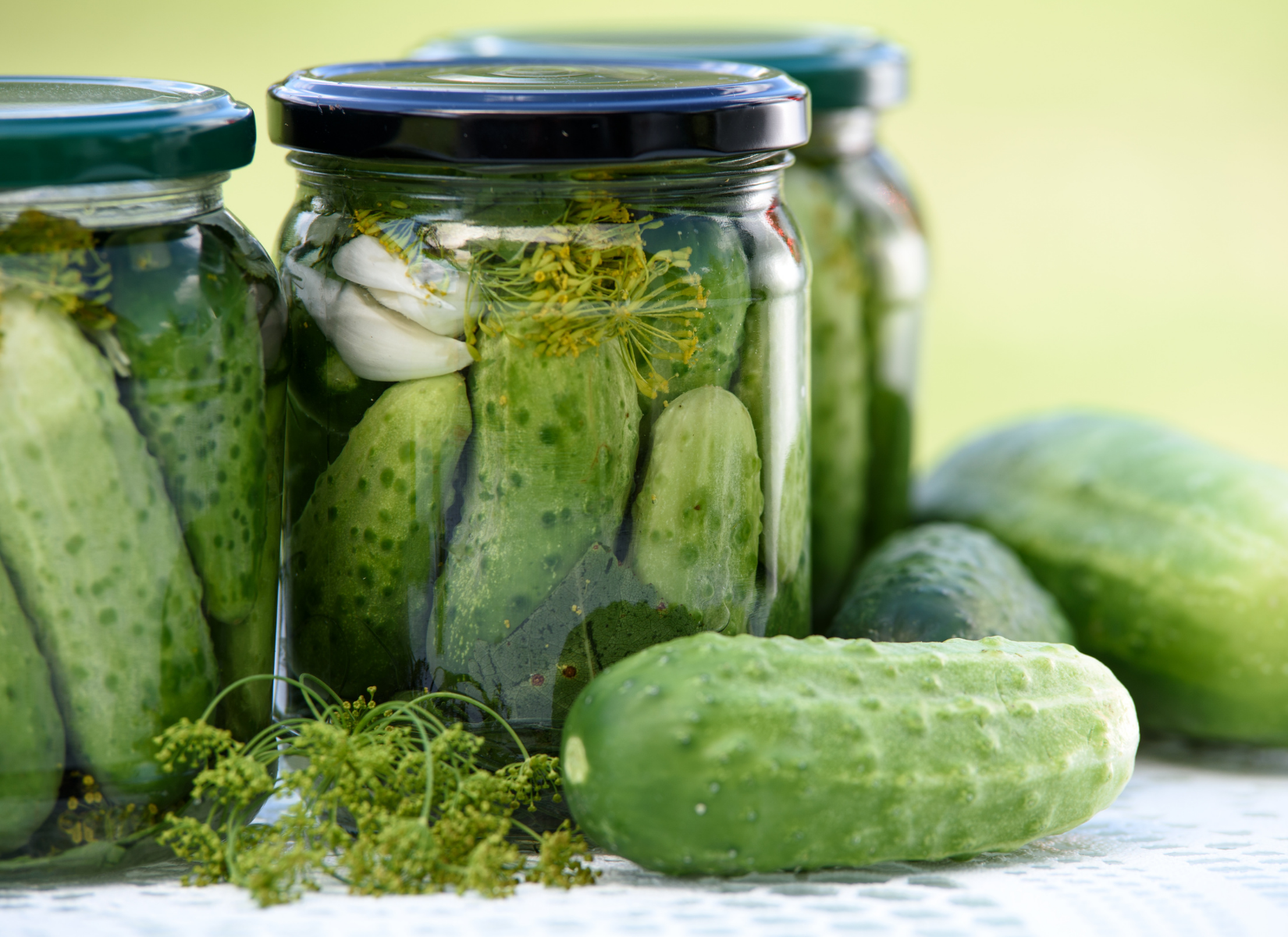The dog days of summer bring those doggone mosquitoes! For the insect-conscious gardener, killing mosquitoes proves hard to navigate since you also don’t want to harm your yard’s precious dragonflies, butterflies, or bees. We carry Murphy’s® insect repellent sprays, candles, incense, and more, but the most efficient, effective, and environmentally friendly way to rid your yard of mosquitos is by creating a Mosquito Larvae Trap, an idea recommended by Doug Tallamy.
Controlling mosquitoes at the larval stage instead of the adult stage is the most effective way to naturally reduce adult populations while minimizing the need for intensive adult control actions i.e. spraying insecticides (which kills all insects, not just mosquitoes). A mosquito larvae trap works by attracting adult mosquitoes to a fermenting solution to lay their eggs. An added Mosquito Dunk® or Mosquito Bits® (containing bacterium Bacillus thuringiensis) will target and kill only the mosquito larvae, and will not harm you, your children, your pets, or the planet.
DIY Mosquito Larvae Trap
What you need:
Bucket
Leaves, pine straw, or hay
Water
A Mosquito Dunk® or Mosquito Bits®
Chicken wire or similar screening (optional)
Instructions:
Add leaves or straw to the bucket. Use 3 or 4 handfuls ~ 3 or 4 cups.
Add water to the bucket. Filling the bucket up halfway is a good 1:4 ratio and leaves room for summer rains.
Allow the water and organic matter to sit for 2-4 days then add the Mosquito Dunk® or Mosquito Bits® (per label instructions) to the bucket making sure contact with the water is made.
(Optional) Cover the bucket with chicken wire that allows adult mosquitoes into the trap, but keeps other critters out.
Placing the trap near areas that have the highest mosquito activity will help reduce their population the most rapidly. Part sun to dappled shade works best for Tallahassee. The Mosquito Dunk® lasts for about a month and the Mosquito Bits® last about two weeks. Replace the solution after about 3 or 4 weeks.
Let us know if this skeeter beater works for you!







